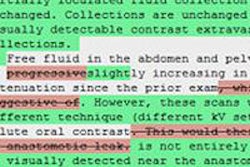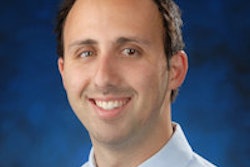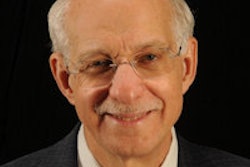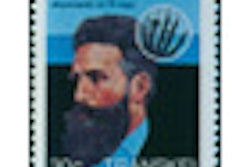Dear Residents Insider,
How well are residents performing their most important task: reading images? Are skills improving over time? One way to answer these questions objectively is to see what changes, if any, the attending radiologist made in the final report.
That complex task is becoming more practical with the development of a software program that tracks the number of character changes between the initial and final radiology reports. Researchers at Thomas Jefferson University Hospitals are keeping much better track of their residents' progress now, as you'll read in this issue's Insider Exclusive.
Seeing how your residents are progressing is all well and good, of course, but for the circle to be complete, residents need to know how to improve their own performance. One way is to track changes that attendings have made to their reports -- and now there's an app for that too.
A John Hopkins group built a tool to capture radiology residents' preliminary reports and compare them to final reports, clearly displaying the changes made and offering plenty of opportunity for feedback. Get the rest of the article by senior editor Erik L. Ridley here.
Job prospects may be bad for radiology residents, but for nuclear medicine physicians a better term is "dismal." According to a study team from Michigan State University (MSU) and other institutions, trainees would be much better off if a single residency track combining nuclear medicine and radiology were created to prepare tomorrow's nuclear medicine doctors for a world that needs both hybrid imaging and general radiology skills.
Yes, nuclear medicine and radiology are controlled by two completely different boards, and there's a long way to go before the issue can be settled. But both sides are talking about how to collaborate, according to MSU's Dr. Jay Harolds. Click here to learn more.
In the long term, many experts see challenges ahead for radiology as well; some have argued for increased visibility and patient contact for radiologists as a way to improve care. Others have concluded that radiology itself is in danger of obsolescence, possibly dying as a specialty if more is not done to keep imaging professionals at the center of diagnosis and treatment.
Would it help if residents went out regularly on rounds with clinicians, discussing patient management and potentially improving their prospects for referrals at the same time? In a study from the University of California, Irvine, the clinicians loved it, and the reaction to having a radiologist around to consult with was very positive.
Finally, we invite you to scroll down for the rest of the news, right here in your Residents Digital Community.



















